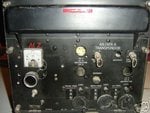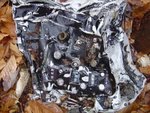daveT
Senior Airman
I'm looking for a flight manual manual for the F-86A Sabre. I'm especially interested in the operation of the IFF system which was the APX-6 Transponder. I believe that it contained explosive CADs that would destroy the tuning section to prevent the unit from falling into enemy hands.
Thanks in advance
DaveT
Thanks in advance
DaveT


